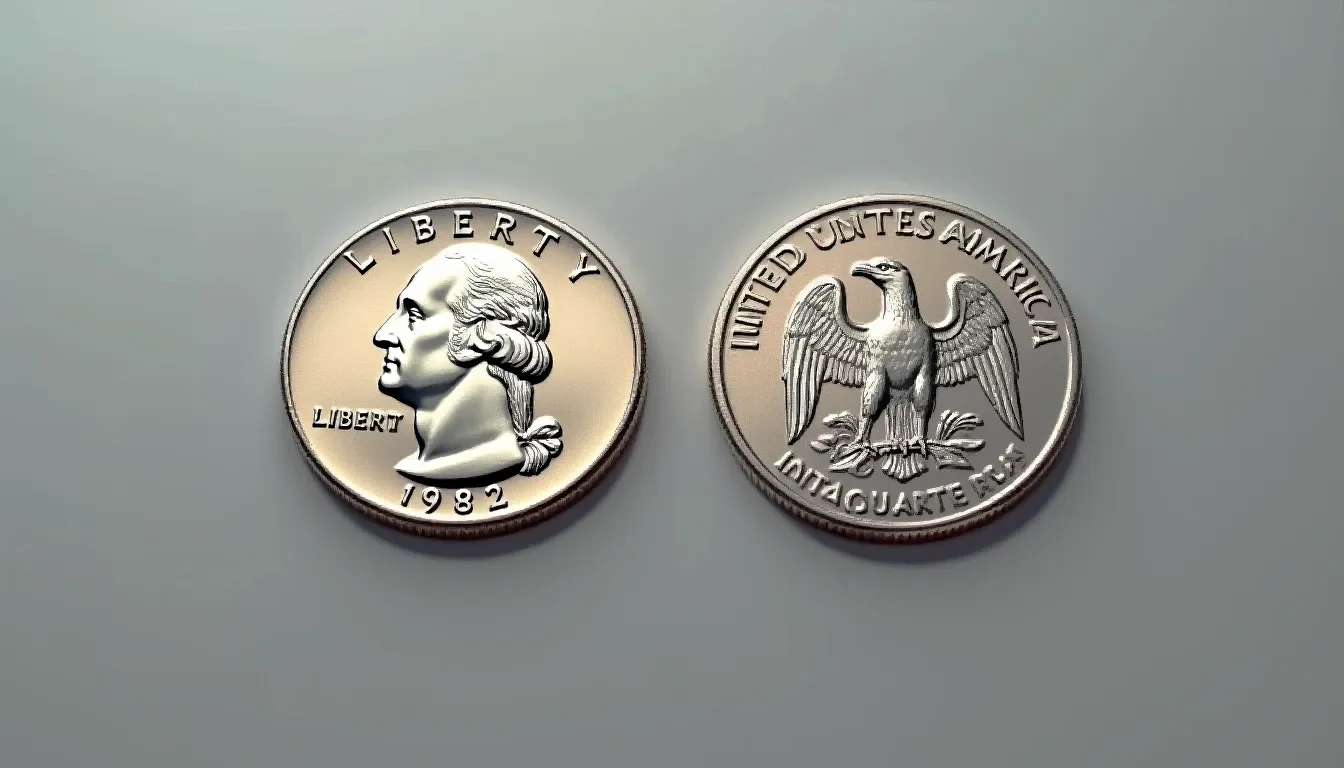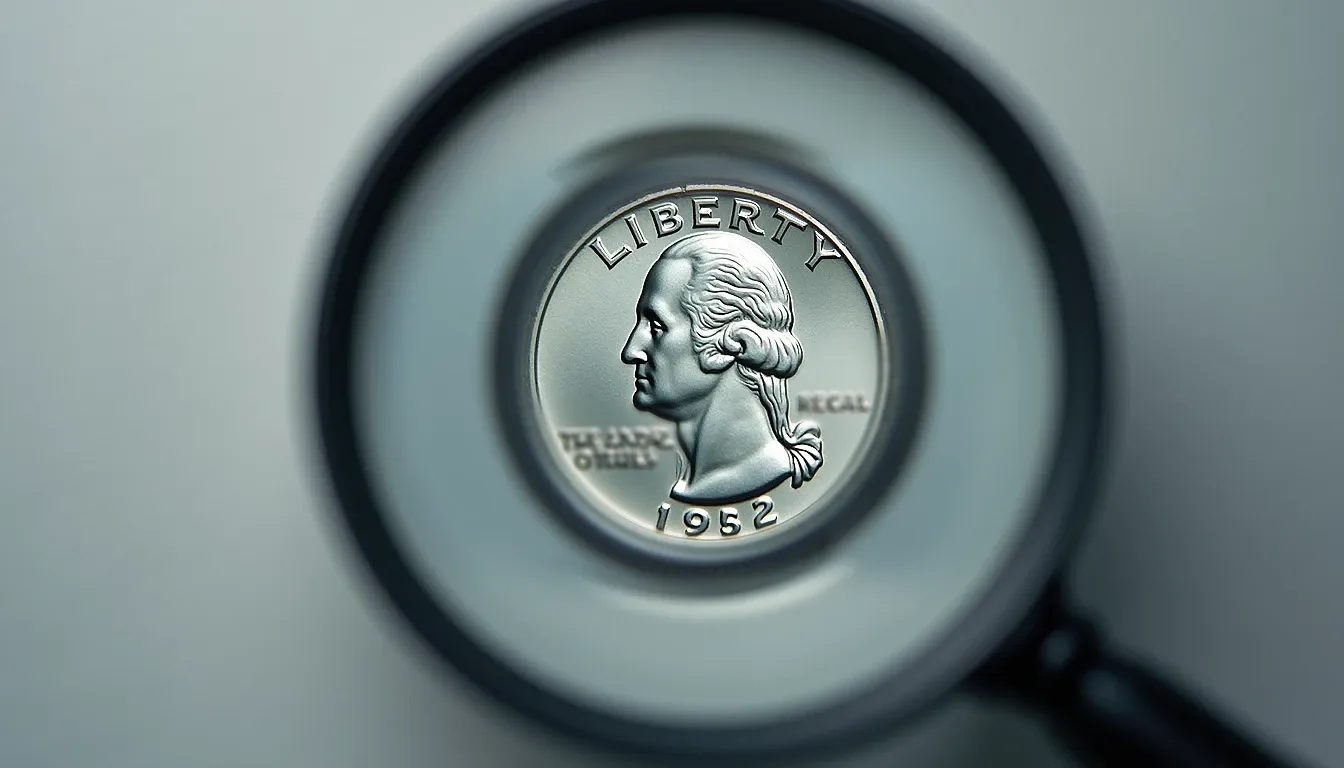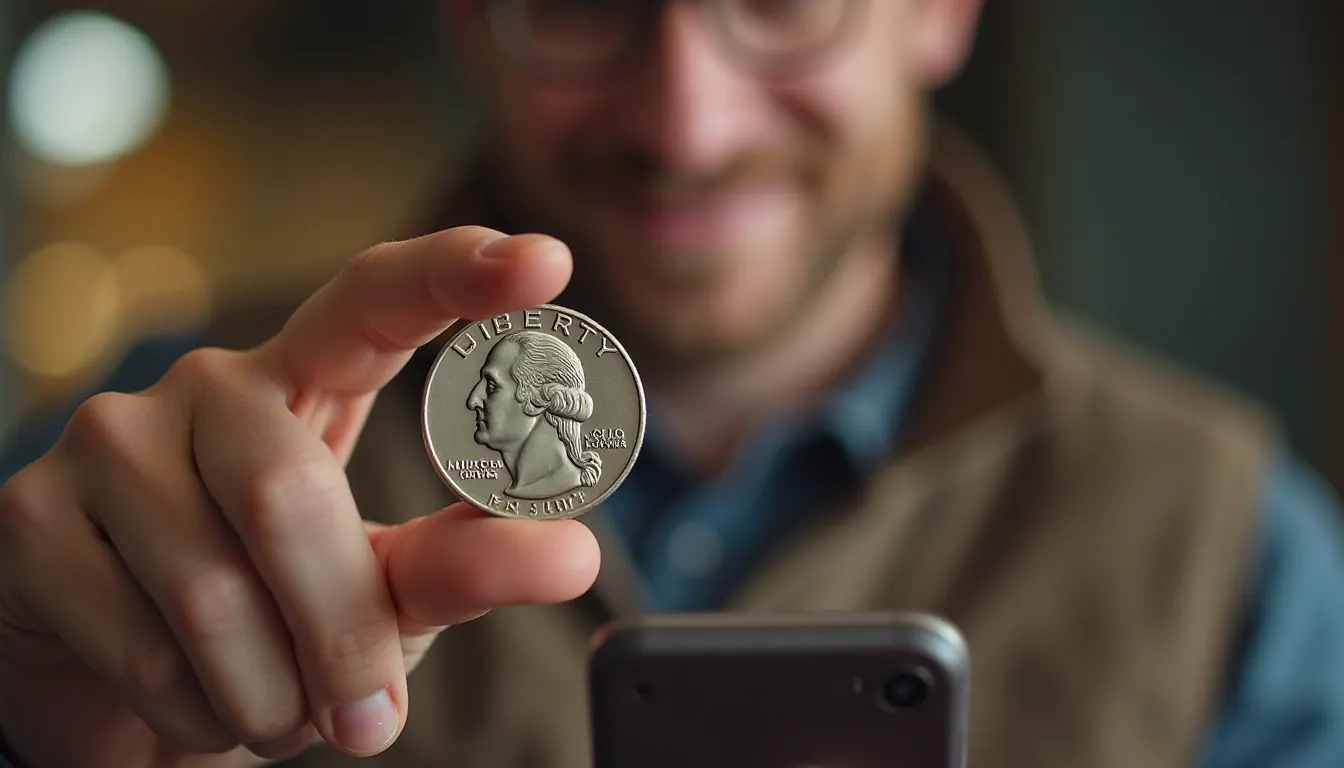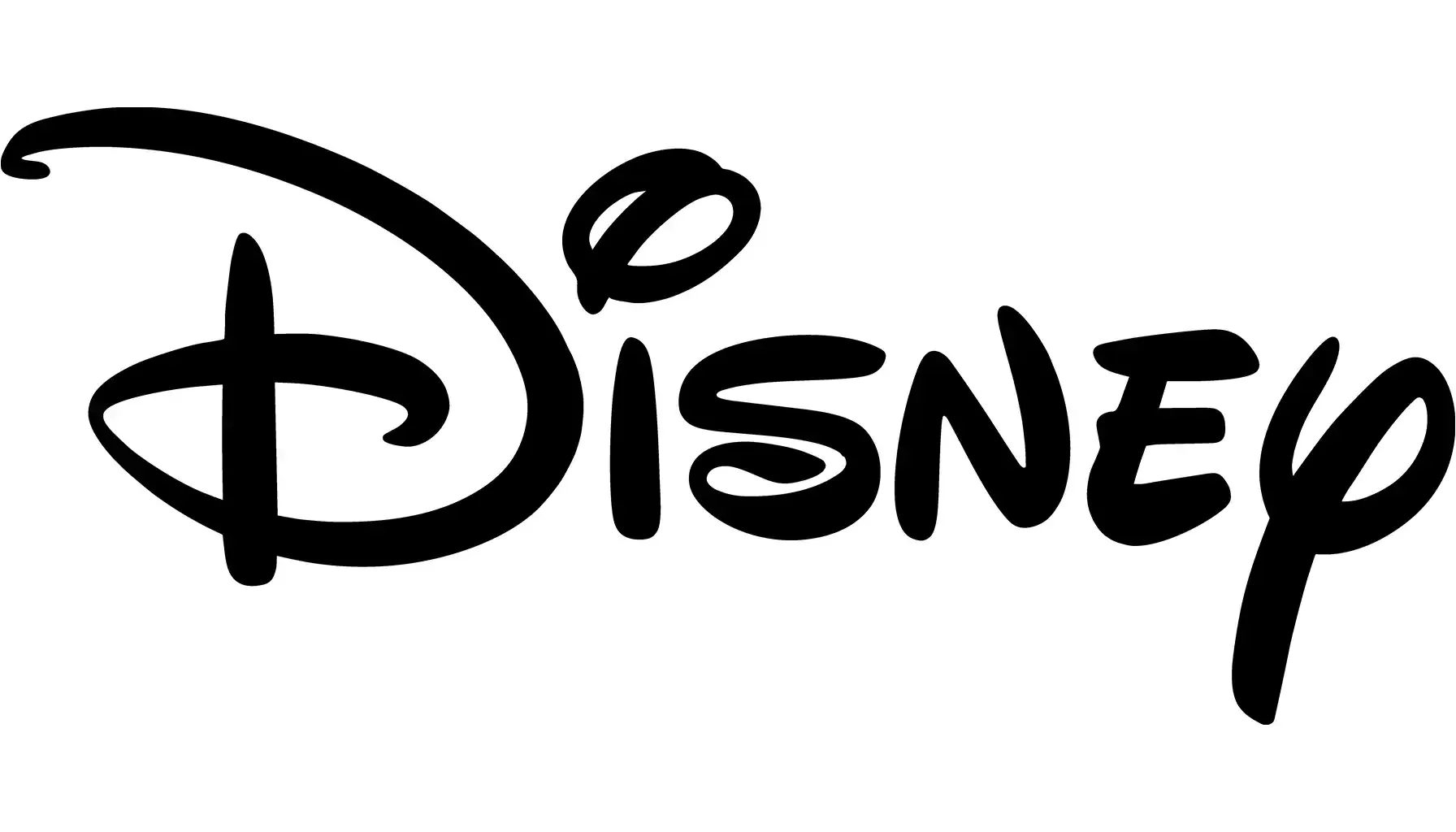Contents:
What is the 1982 quarter? It’s that very coin that continues to attract coin collectors today. But why? There’s no universal answer, but this particular year is connected with special events in the numismatic world, and with a convergence of errors, production changes, and quirks that make finding a 1982 quater such an experience.
There’s much to explore about the 1982 US quarter, identifying coins and their values: its composition, rare errors that increase its value, and many other aspects that we’ll discuss today together.
The 1982 Quarter’s Historical Context
The U.S. Mint, in an effort to cut costs in 1982, made a decision to stop producing official mint sets. This has left collectors with a challenge—unlike other years, there are fewer pristine examples of the 1982 quarter in circulation today.
This decision made finding high-grade, error-free coins difficult. As a result, quarters from this year—let it be from the Philadelphia mint (1982 P quarter) or the Denver mint (1982 D quarter)—are more sought after, especially if they have 1982 quarter errors.
In addition to the absence of mint sets, the year 1982 also saw an increase in the variety of errors. Quarters from both mints were prone to misprints, weak strikes, and other production issues that now command attention from collectors.

The 1982 Quarter Design and Composition
Like other U.S. quarters minted after 1965, the 1982 quarter is composed of a copper-nickel clad. The core of the coin is made of pure copper, the outer layer is a nickel-copper alloy. The design on the obverse features George Washington’s profile, and the reverse shows an American eagle with wings spread.
At first glance, the 1982 quarter looks like any other—but the errors in its design make it a standout year for collectors.
Characteristic | Details |
Composition | Copper-nickel clad, with a copper core |
Weight | 5.67 grams |
Diameter | 24.3 millimeters |
Obverse Design | George Washington's profile |
Reverse Design | American eagle |
Edge | Reeded |
Mint Marks: 1982 Quarter D and S
In 1982, the two major mints responsible for producing quarters were the Philadelphia Mint (represented by the "P" mint mark) and the Denver Mint (represented by the "D" mint mark).
Collectors have become particularly interested in both the 1982 P quarter and 1982 D quarter, largely due to the errors and variations in minting quality found in coins from both locations.
The absence of uncirculated sets makes these quarters harder to find in pristine condition, and error coins from both mints are highly coveted. But what are these 1982 quarter error variations?
Related article: The Tudor Beasts silver coins.
The 1982 Quarter Error Phenomenon
Coins with errors are highly wanted by numismatists. They can show the difficult production process and reflect the rarity that can boost a coin’s value. The 1982 P quarter error list (as well as other mintages) is extensive, and some of the most notable include issues with the "In God We Trust" motto, weak strikes, and mint mark anomalies.
1. 1982 Quarter Error in “In God We Trust”
One of the most intriguing errors from 1982 involves the inscription “In God We Trust” on both the 1982 D and 1982 P quarters (look for the 1982 D quarter error In God We Trust). Some examples exhibit weak or partially missing letters, and create a striking difference that’s easy to spot. Collectors prize this particular 1982 quarter error, especially when it’s found on well-preserved coins.

2. Mint Mark Errors
Mint mark errors on both the 1982 P quarter and 1982 D quarter are common. Some coins show a weak or even missing mint mark, the others display doubling or misalignment of the mark. These 1982 mint mark quarter errors give collectors additional opportunities to find something truly special in their collection.
3. 1982 Quarter Misprint
Misprints on the 1982 quarters often involve the date, lettering, or even the profile of George Washington himself. It can be doubling on the obverse or reverse side, off-center strikes, or other forms of minting mishaps; these misprints are highly sought after by error fans.
1982 Quarter Errors | Description | Potential Value |
1982 Quarter Error in "In God We Trust" | Missing or weak inscription in the motto | $10-$100* |
Mint Mark Errors | Weak, missing, or doubled mint mark | $25-$200* |
Misprints | Doubling of date, lettering, or design elements | $50-$500* |
* The prices depend on condition and other numismatic factors.
A Closer Look at the 1982 P Quarter Error List
The 1982 P quarter error list is extensive and includes many different kinds of striking errors. Some of the most notable 1982 P quarter errors include:
Weak strikes where the details of the coin appear faint or incomplete.
Off-center strikes that result in a portion of the design being missing.
Doubling errors where design elements like the date or lettering are repeated slightly due to a misalignment during the minting process.
The 1982 D Quarter Error List
Much like its Philadelphia counterpart, the 1982 D quarter error list features several striking anomalies. The most common errors are doubling in the mint mark, weak strikes, and off-center strikes, all of which increase the quarter 1982 D value. It’s particularly prized when found in high-grade, uncirculated condition, but the scarcity of mint sets from that year makes this rare.
By the way, in our blog you can find articles about international coins like Moneda Mexicana de 50 Pesos de 1982/1984.

1982 Quarter Value: How Errors Affect Collectibility
Condition is everything. A standard 1982 quarter in circulated condition may not be worth more than face value, but when errors are present—or the coin is in mint condition—the value can be high.
1. 1982 P Quarter Value
For a standard 1982 P quarter in average condition, the value is typically minimal. However, coins with errors or in uncirculated condition can have higher prices, particularly if they have misprints or minting mistakes. A 1982 quarter value P can be from $25 to several hundred dollars.
2. 1982 Quarter Value with Errors
The 1982 quarter value error increases the total price very much. A quarter with a big error, e.g., a doubled die or a major misprint, could be worth several hundred dollars, while minor errors might increase the coin’s value to $20-$50.
3. 1982 D Quarter Value
Similarly, the value of a 1982 D quarter depends on its condition and any errors it may feature. A well-preserved 1982 D quarter with errors can cost much more than a circulated coin. The scarcity of mint-quality 1982 D quarters means that even without errors, high-grade examples are in demand.

Despite its modest appearance, the 1982 quarter P or D is something special for numismatists. The absence of mint sets, combined with many different errors, makes this year’s quarter a desire for some, especially if we’re talking about the 1982 quarter error In God We Trust or exploring the 1982 P quarter error list.
In conclusion, the 1982 American quarter is a perfect example of how even seemingly ordinary coins can become expensive or just special when errors appear.



